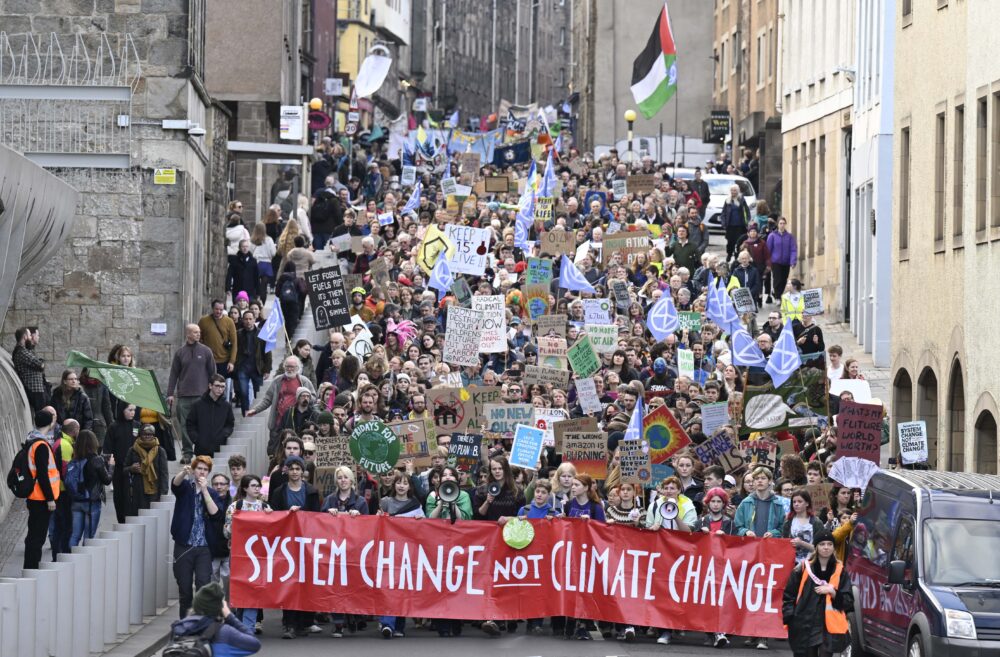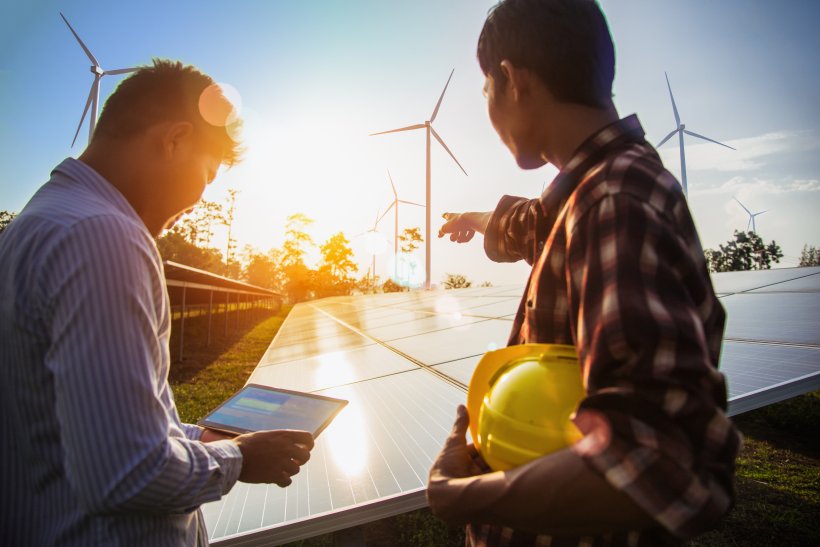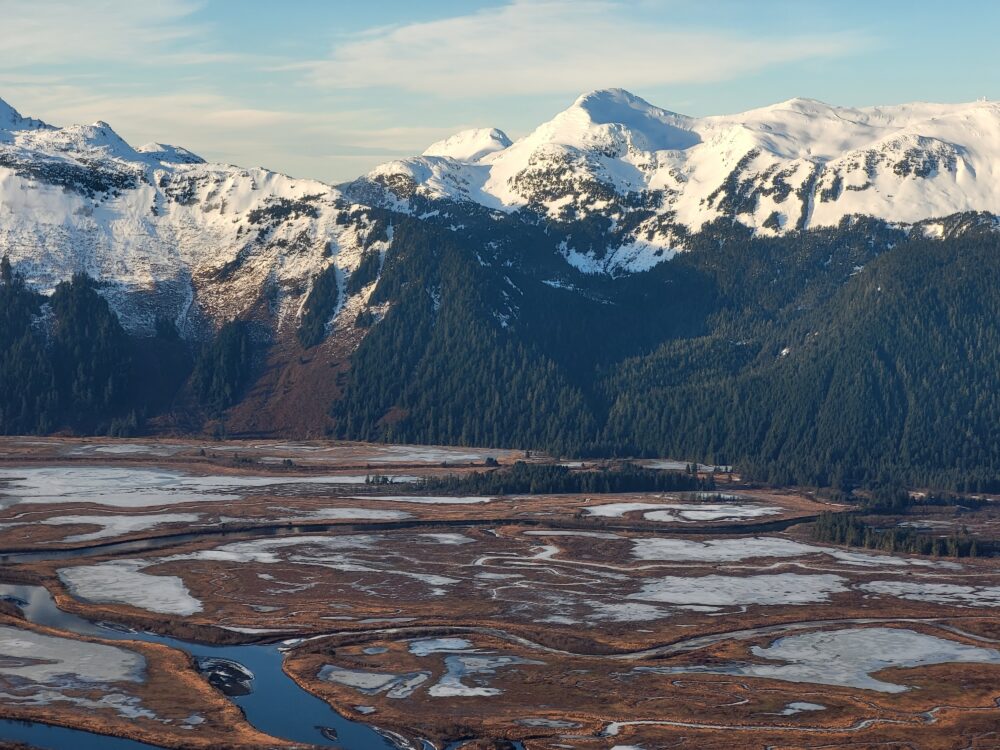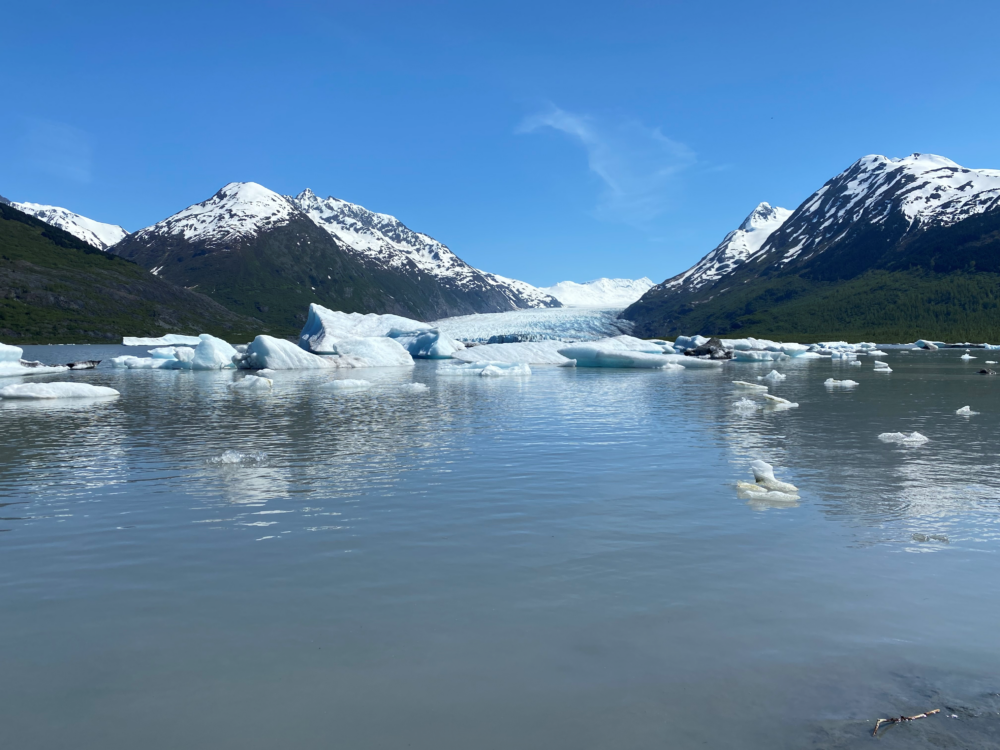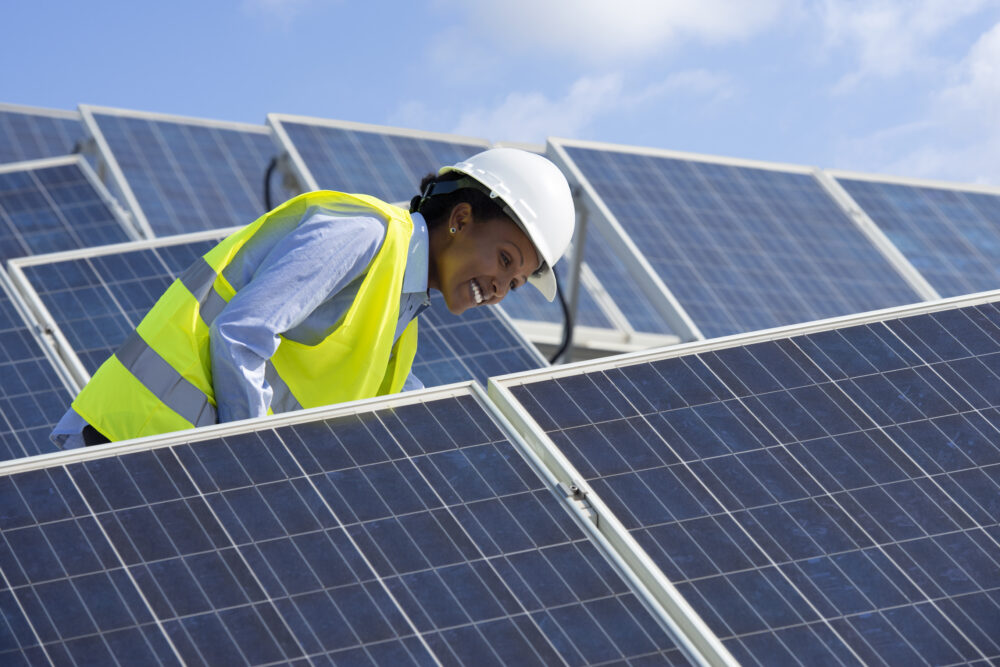We have much more to do and your continued support is needed now more than ever.
Optimizing the Energy Grid
Building an Energy Grid that Works for People and Wildlife
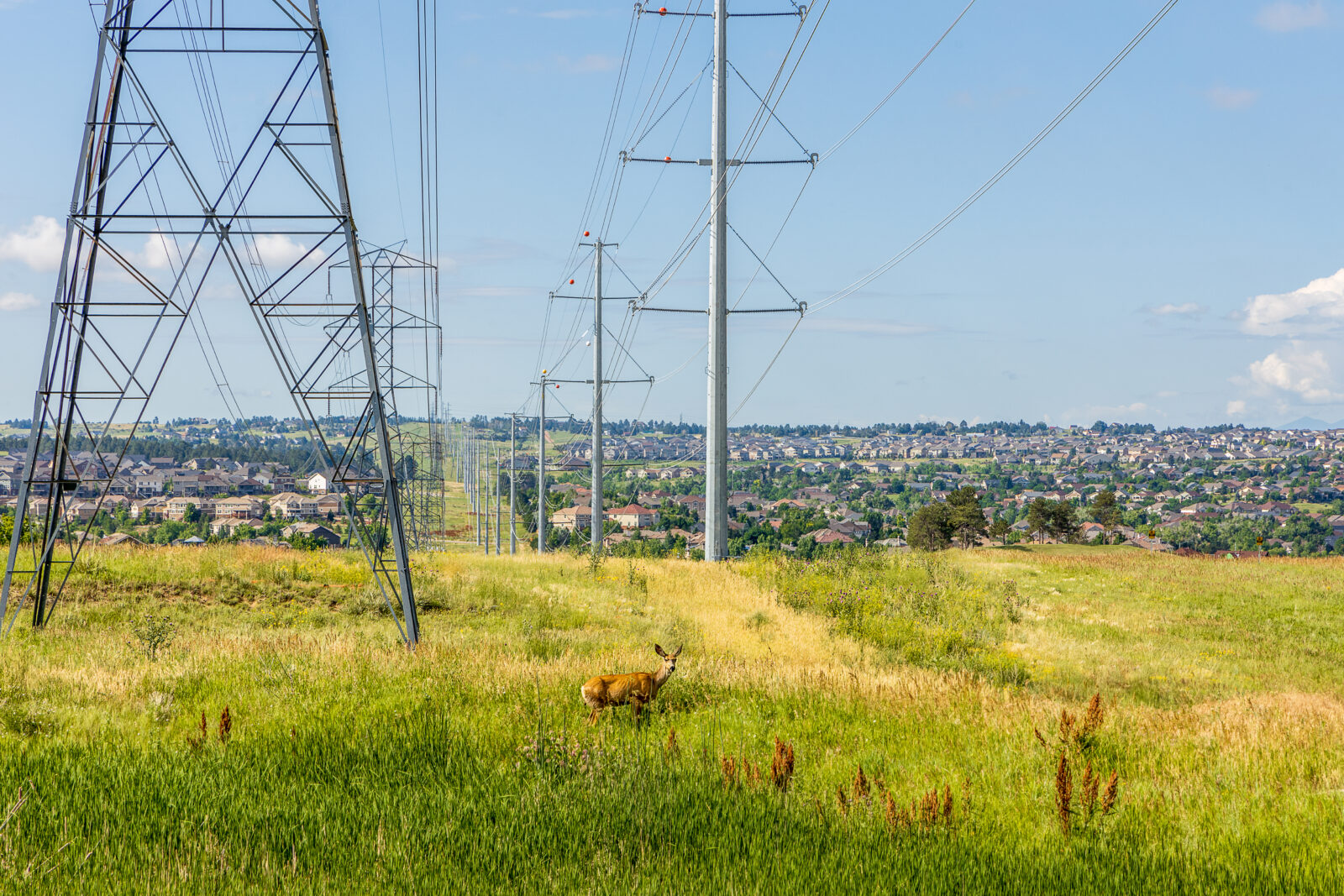
Updating and expanding our nation’s energy grid will help clean up the air we breathe, cut electricity bills, and ensure the lights stay on during extreme weather. It is also essential if we want to hold off the worst of climate change. To do this, we need to triple our electricity transmission capacity within 20 years — and we are not on track to meet this goal.
A complicated system of energy grids
The existing grid is antiquated: 70% of our high-capacity power lines date from the days of dial-up internet. We also need new lines designed to deliver solar and wind energy to the places that need it most. However, it currently takes more than a decade for a project to get the permits it needs to start construction.
There is consensus in Washington that we need to speed things up, but little agreement about what that should look like. Some want to roll back federal environmental laws, like the Clean Water Act, which protects rivers, streams and wetlands, or the National Environmental Policy Act, which requires public input and environmental assessments.
These approaches are misguided. Federal approvals are not the major reason for the delays. More importantly, these new power lines will have impacts on communities, our waters, and our wildlife. Fully assessing a project before greenlighting it makes sense.
The major reason approvals take so long is the complex system that regulates electricity transmission and generation. There are three separate grids in the lower 48: one in the East, one in the West, and one in Texas. The Eastern grid is divided into six systems, while in the West, California has its own system. It’s complicated.
A new power line needs approval from every state and region that it crosses. In some places, regulators only evaluate their region’s immediate energy needs when considering a proposal — not improved air quality, not increased reliability, not the full cost savings, and not if it will decrease climate pollution. In other words, few of the benefits are properly evaluated.
Streamlining the process
The Biden administration’s new rule, released in July, aims to streamline the approval process with a suite of improvements, such as enforceable deadlines, allowing energy grid operators to study multiple proposals at once, and requiring better consideration of technologies that increase the capacity of existing lines.
The move toward clean energy will be an enormous net positive for Americans, particularly for low-income, Indigenous Peoples, and people of color who are both more likely to breathe polluted air and to be harmed by the floods, fires, and heat waves fueled by climate change. But the power lines to make the transition will affect the communities they pass through — and history shows us that these same groups will likely disproportionately end up in harm’s way once again.
Developers should look at the National Environmental Policy Act’s public engagement requirements as the floor, not the ceiling. They must work meaningfully with communities to co-design projects that minimize the negatives and create benefits, like employment guarantees. Developers should also engage tribal nations according to the principles of free, prior, and informed consent.
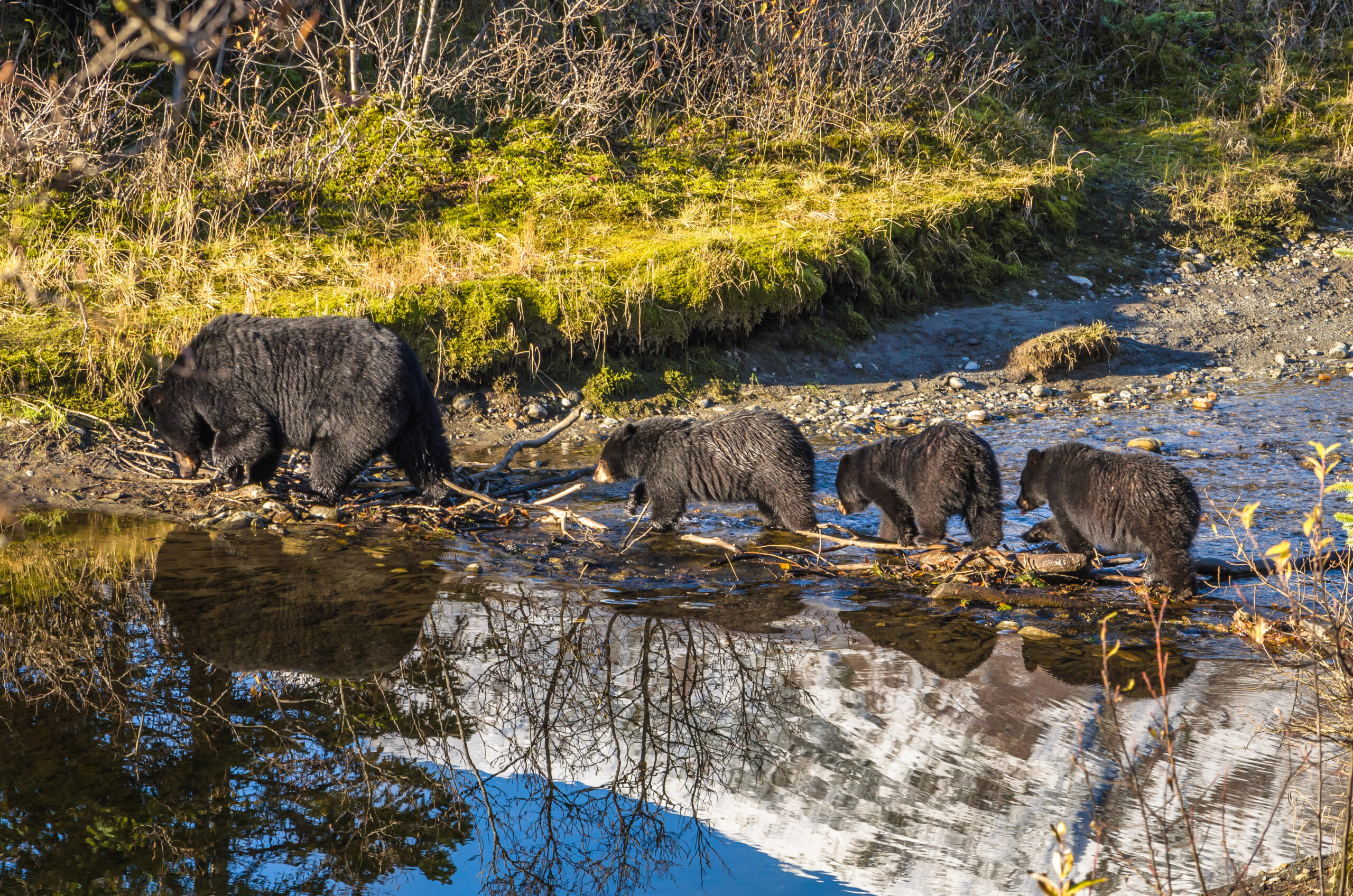
A similar dichotomy is at play in the natural world — unchecked global warming is one of the greatest threats facing plants and animals, but the high-voltage lines we need to address climate change will alter the streams and rivers they cross, the habitats they divide and the wildlife that rely on these places.
A wholistic approach to energy infrastructure
The best way to minimize impacts to people and wildlife is through proactive planning and smart siting. Federal and state governments and communities should work together proactively to identify the least harmful locations for new lines — places like former mines, industrial sites, and oil and gas fields, as well as existing transportation and transmission corridors. This will help ensure that already overly burdened communities do not unduly experience the impacts of necessary infrastructure once again.
These state and federal agencies can also share with developers information about sensitive habitats such as mule deer migration routes, floodplains where fish spawn, or sage grouse mating sites. Ideally, this would be informed by the best available science, Indigenous Traditional and Ecological Knowledge, and input from regular people who know the habitats well, such as birdwatchers, hunters, and anglers. Last year’s fires, floods, and heat waves should be a wake-up call. If we work quickly, while minimizing the harm to people and wildlife, the creation of a clean energy grid could become America’s greatest infrastructure achievement.















